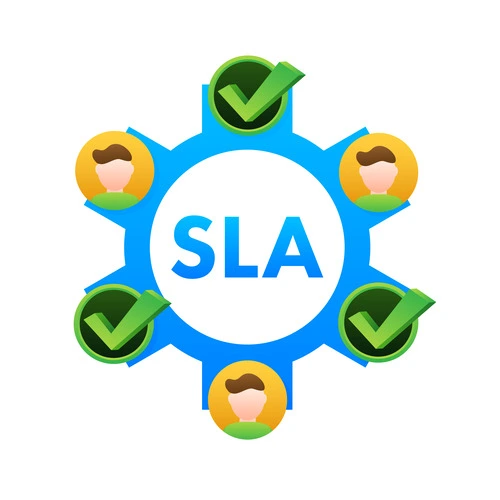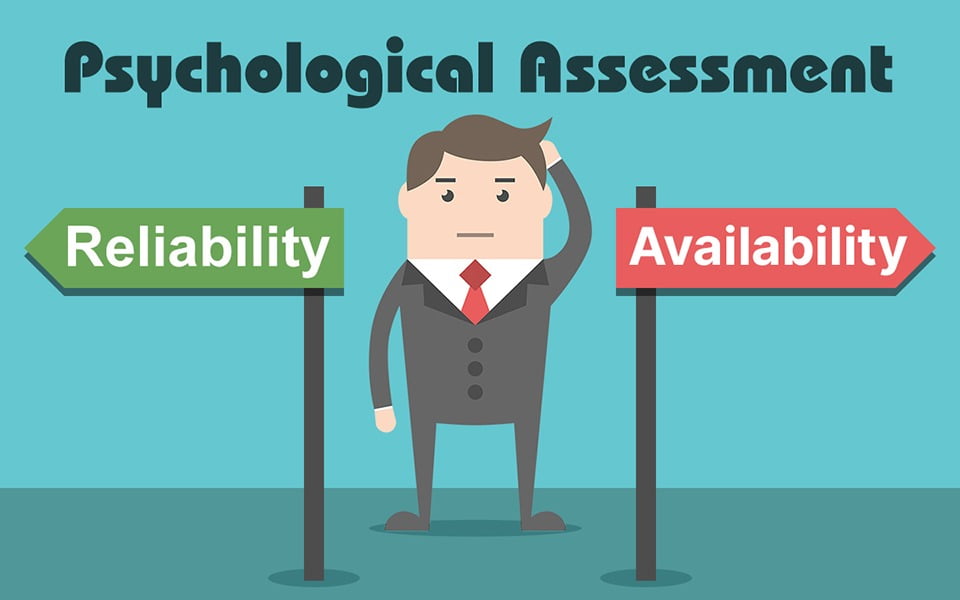Service delivery in ITSM depends on measurable targets and clear internal accountability. Two core agreements define that structure: Service Level Agreements (SLAs) and Operational Level Agreements (OLAs). Though often grouped together, they serve distinct roles. Knowing how to separate and align SLA vs OLA is key to improving outcomes and avoiding friction between teams and customers.
This blog explains SLA and OLA in the ITSM context, compares their structures, and explains how they support each other through real-world examples.

What Is an SLA (Service Level Agreement)?
SLA Definition and Role in ITSM
An SLA is a documented agreement between a service provider and a customer. It outlines the level of service expected, measured through specific metrics such as response time, resolution time, availability, or uptime. SLAs form the external contract that sets customer expectations and defines accountability when targets are missed.
What Are the 3 Types of SLA?

- Customer-based SLA: Specific to one customer or business unit.
- Service-based SLA: Covers a particular service across all users.
- Multi-level SLA: Layers of agreements split across organization, service, and user levels.
Each structure suits a different operational need, depending on how services are packaged and delivered.
SLA Metrics, Targets, and Compliance Considerations
SLA performance is tracked using key indicators:
- Incident response time
- Time to resolution
- System availability
- Transaction latency
Non-compliance can lead to penalties, escalations, or contract renegotiation. Many organizations integrate SLA data into dashboards and reporting to maintain visibility across teams and business units.

What Is an OLA (Operational Level Agreement)?
Operational Level Agreement Definition in IT Context
An OLA is an internal agreement between support teams within the same organization. It defines how those teams work together to meet SLA requirements. OLAs are not customer-facing. Instead, they govern coordination between units like the service desk, infrastructure, and network operations.
What Is an OLA and Why It Matters for Internal Teams
OLAs help prevent SLA breaches by assigning internal responsibilities. Without OLAs, support teams lack shared targets, leading to delays, finger-pointing, or inconsistent outcomes.
Operational Level Agreement Examples for IT Support
- Service desk team commits to log and route tickets within 10 minutes
- Network team guarantees resolution of P1 connectivity issues within 60 minutes
- Application support team delivers fixes within 3 hours of ticket escalation
These internal targets directly contribute to meeting SLA commitments.
Key Differences Between SLA vs OLA in ITSM
Scope and Audience of SLA vs OLA
- SLA: Between service provider and external customer
- OLA: Between internal teams (e.g., Level 1 and Level 2 support)
SLAs are often part of a formal contract. OLAs are internal operating documents aligned to support those commitments.
Accountability and Performance Tracking
SLA metrics are reviewed with the customer. OLA metrics are reviewed during internal team reviews. SLA violations may trigger business impact, while OLA misses reveal process gaps or training needs.
Communication Flow: External vs Internal Agreements
SLAs involve service managers and customer representatives. OLAs involve operational leaders and team leads. Both require alignment but follow separate escalation and reporting flows.

OLAs in Action: Practical Understanding
OLA Examples Across IT Departments
Each department (network, application, and infrastructure) owns part of the SLA delivery chain. OLAs break down those contributions into specific actions and timelines.
Operating Level Agreement Sample for Service Desk Teams
- Receive and triage incidents within 5 minutes
- Escalate P1 issues to the infrastructure team within 10 minutes
- Monitor escalated ticket resolution and update users every 30 minutes
OLA Agreement Example for Incident Response
- Application team confirms issue root cause within 1 hour
- Infra team provides rollback instructions within 90 minutes
- Change management team approves patch window within 2 hours
These steps combine to ensure SLA resolution time is met.
Best Practices to Align SLAs and OLAs
Structuring SLAs and OLAs for Seamless Operations
Start with SLA goals, then define the internal workflows required to meet them. Build OLAs between all stakeholders involved. Every SLA metric should have a mapped OLA dependency.
Using OLAs to Support SLA Commitments
Review SLA breaches to trace root causes. Often, the failure lies in missing or misaligned OLAs. Tight coordination between tiers of support can prevent SLA degradation and improve trust with customers.
Tools for SLA and OLA Management in ITSM
Modern ITSM platforms include features to create, track, and report on both SLAs and OLAs. Use dashboards that show internal dependencies and highlight breach risk in real time.
Infraon ITSM’s Advanced SLA Management Solution
SLAs define the promise to the customer. OLAs make that promise possible by setting internal standards and workflows. To improve delivery, align OLAs with SLA metrics. Build visibility into how each team supports the larger commitment. That’s how you scale operations without losing control.
Infraon ITSM’s SLA management solution delivers AI-driven, real-time tracking of SLA metrics such as response time, resolution time, and uptime across applications, networks, and servers. It automates policy enforcement through configurable escalation rules, notifications, and compliance dashboards, making it easier for teams to identify at-risk SLAs before they impact users.

Users also benefit from a collaborative portal that offers centralized visibility into SLA status, reporting, and incident history. This is complemented by Infraon ITSM’s flexible scheduling (covering business hours and holidays), customizable reporting capabilities, and seamless integration with incident, event, and inventory management systems.
Unsatisfied with how SLA management currently works in your ITSM ecosystem? Please write to marketing@infrao.io to know how we can uniquely help you.
FAQs
What is an SLA in ITSM?
A Service Level Agreement (SLA) in ITSM is a documented commitment between a service provider and its customer. It defines the expected level of service, including measurable targets like response times, resolution windows, system uptime, and service availability.
These targets are tracked through performance metrics and reported regularly. SLAs create accountability, reduce ambiguity, and give both parties a shared understanding of service delivery standards.
What is an operational level agreement in IT services?
An Operational Level Agreement (OLA) is an internal document that defines how support teams within the same organization collaborate to fulfill the terms of an SLA. Unlike SLAs, OLAs do not involve external customers.
Instead, they set performance expectations between functions such as service desk, infrastructure, and application support. OLAs ensure that internal processes and timelines are aligned, creating a reliable chain of responsibility that supports overall service delivery.
What is the difference between SLA and OLA?
The primary difference between an SLA and an OLA lies in their audience and purpose. An SLA governs the relationship between the service provider and the external customer, setting clear service expectations.
An OLA, on the other hand, defines how internal teams coordinate to meet those SLA requirements. While the SLA measures customer-facing performance, the OLA focuses on internal workflows and dependencies that enable SLA compliance.
Can you provide an OLA agreement example?
An example of an OLA could be an agreement between the service desk and the infrastructure team: when a critical incident is logged, the service desk must escalate it to the infrastructure team within 10 minutes.
The infrastructure team, in turn, commits to identifying the root cause and applying a fix within 90 minutes. These internal timelines support the broader SLA commitment to resolve critical incidents within a 2-hour window.
How do SLAs and OLAs improve service quality?
SLAs and OLAs work together to maintain consistent service quality. SLAs establish transparent expectations for customers, while OLAs make sure internal teams know their roles in meeting those expectations.
When both are clearly defined and aligned, teams can respond faster, resolve incidents more intelligently, and reduce missed targets. This coordination enhances service reliability and reinforces trust between service providers and end users.





















